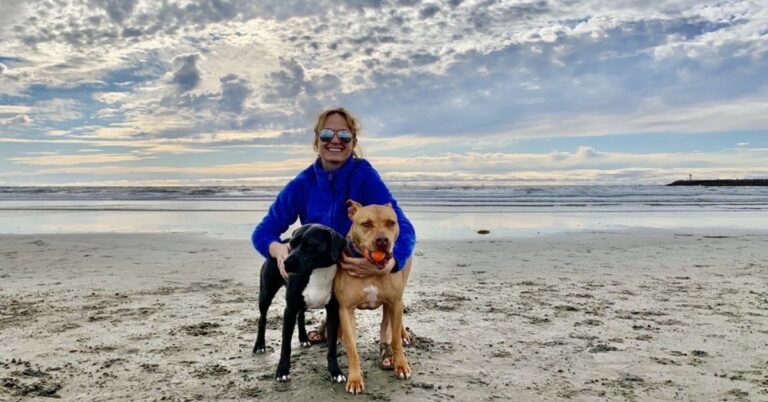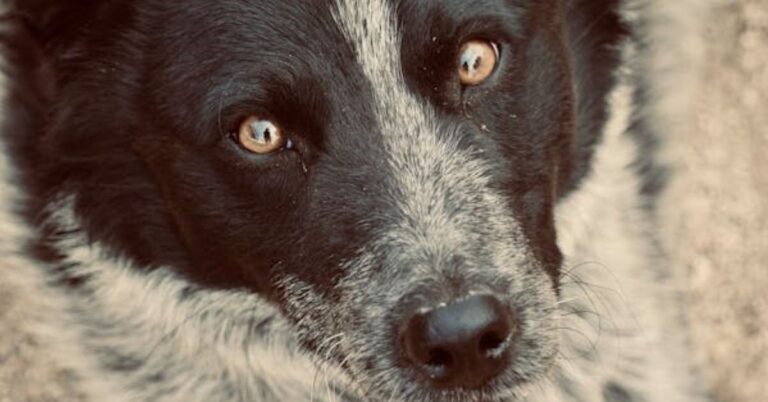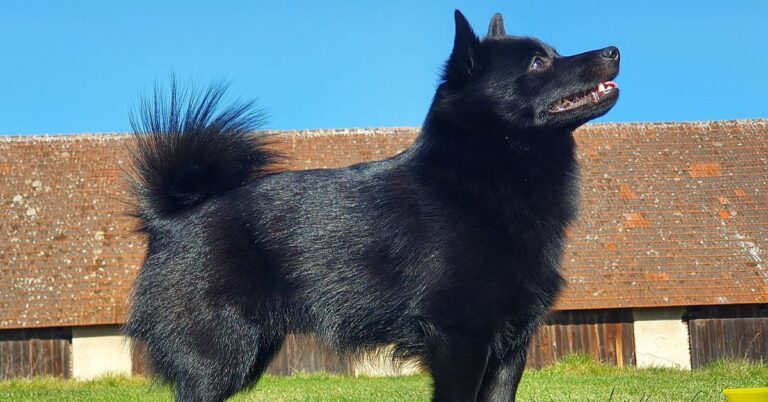10 Insightful Ways Dogs Pick Up On Human Intentions
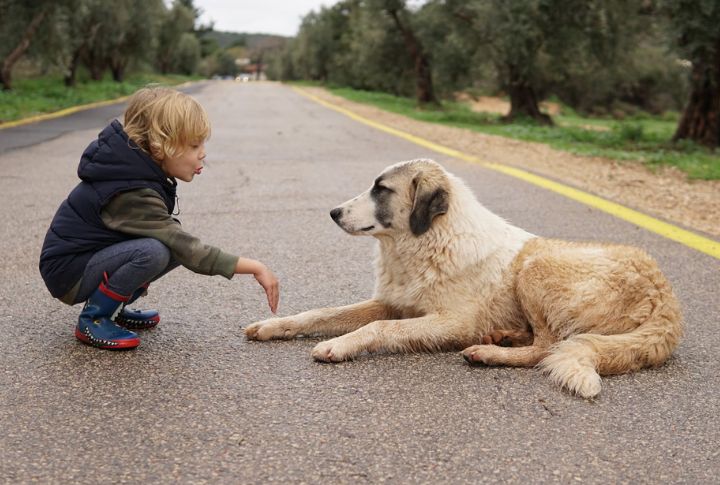
You might overlook a raised eyebrow or a sharp tone, but your dog? They’re paying attention to every little detail. No need for backstories—they can tell someone’s vibe in an instant. Let’s explore ten surprising ways dogs size up human behavior and decide if someone’s worth trusting—or not.
Body Language Awareness
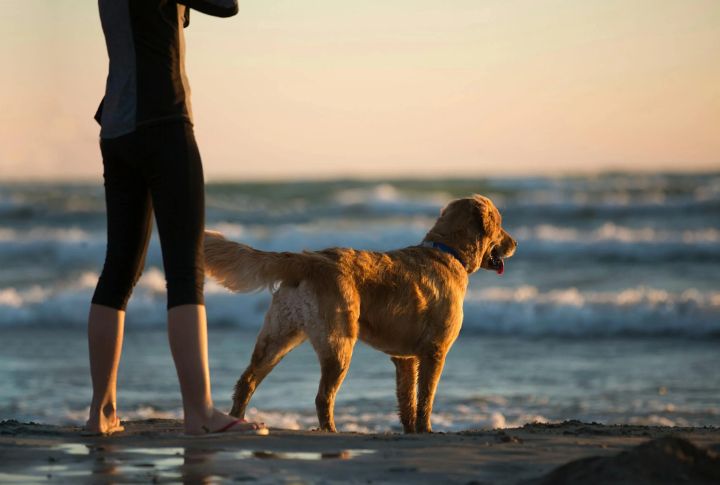
Dogs pay close attention to human body language, often picking up on subtle cues humans overlook. A person who displays a tense posture or makes abrupt movements can trigger a dog’s suspicion. Conversely, relaxed body language signals trustworthiness to a dog. Dogs can also detect microexpressions—brief, involuntary facial expressions linked to true emotions.
Scent Detection
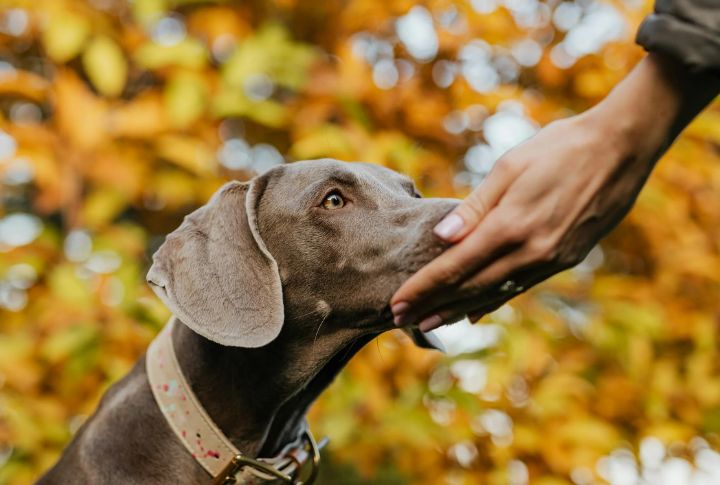
Our canine companions have an exceptional sense of smell and can detect emotions through changes in body odor. Emotions like fear and anxiety release pheromones that dogs can sense. When a person emits stress-related odors, a dog may become uneasy around them. This is why dogs are used in medical and security fields.
Tone Of Voice Recognition
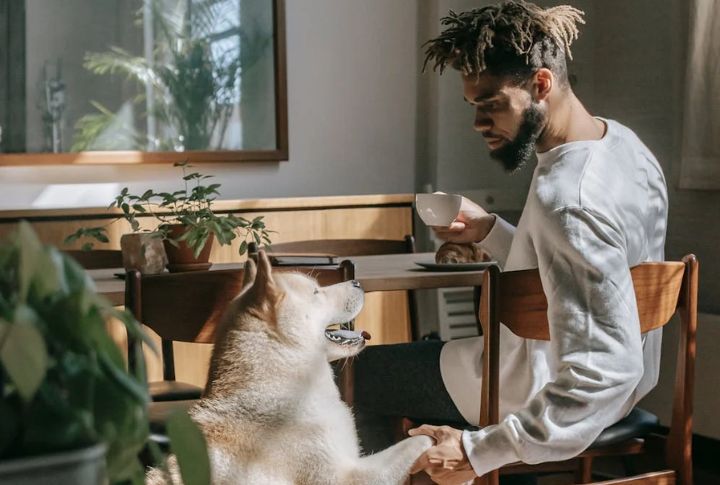
A dog’s acute hearing allows it to analyze vocal tones beyond human perception. These pets can process speech similarly to humans, recognizing the intent behind words. If someone speaks in an aggressive or insincere tone, a dog may react with caution. Conversely, a warm, calm voice can immediately put a dog at ease.
Reading Facial Expressions
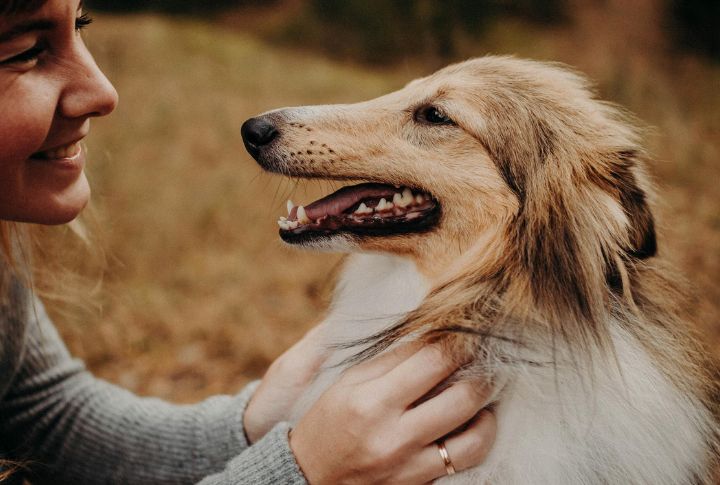
The ability to distinguish between human facial expressions gives dogs an edge. A person who frequently wears a tense expression can appear threatening to a dog. Dogs gravitate toward individuals who display genuine smiles. Even subtle changes in eyebrow movement or lip tension can be enough for a dog to trust someone.
Past Experiences And Memory
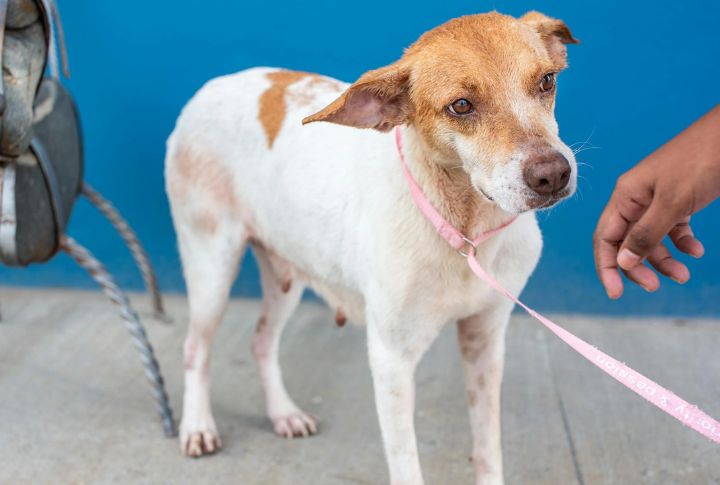
Another skill that helps dogs discern individuals is their excellent associative memory, which helps them link past interactions with present situations. A negative experience with someone who resembles or smells like a new individual may elicit a negative response. This learned behavior is seen in rescue dogs that have been mistreated.
Response To Owner’s Reactions
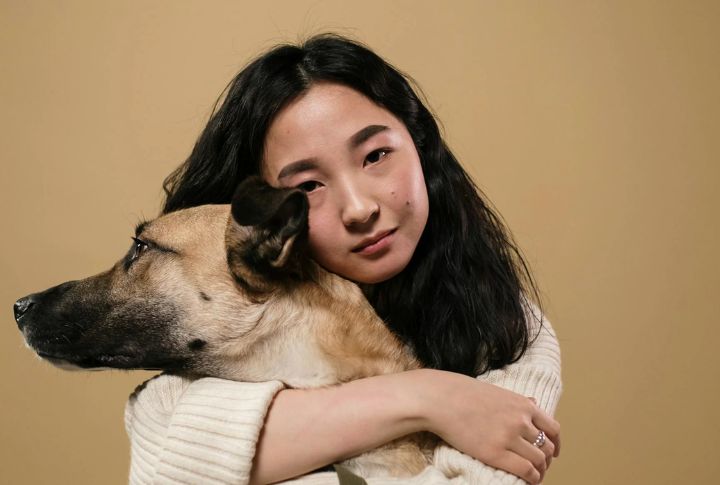
Dogs closely observe their owner’s behavior and emotional reactions, using them as cues to judge others. For instance, if an owner appears nervous, anxious, or uncomfortable around a person, the dog may mirror that distrust. Conversely, if an owner is relaxed and friendly, the dog is more likely to accept the new person.
Sensitivity To Unusual Behavior
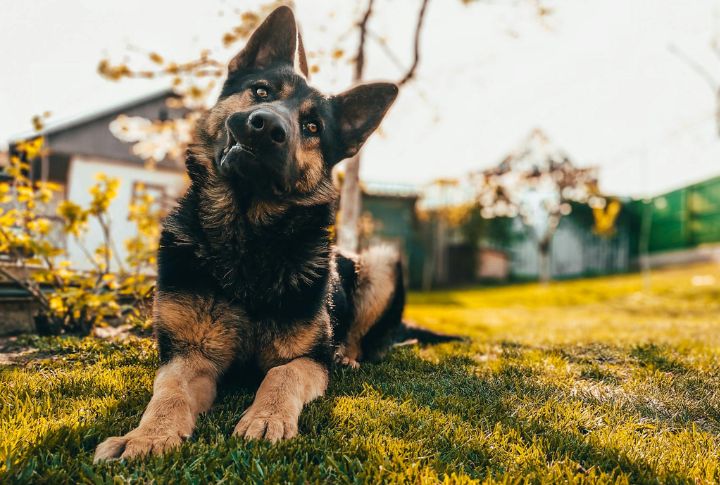
Naturally, dogs are alert to behavior that deviates from social norms. For example, someone who moves erratically or invades personal space may trigger a dog’s defensive instincts. This response is linked to survival instincts, as unpredictability can signal potential danger. Hence, when a dog suddenly acts defensively toward someone, it may be sensing erratic behavior.
Protective Instincts And Gut Feelings
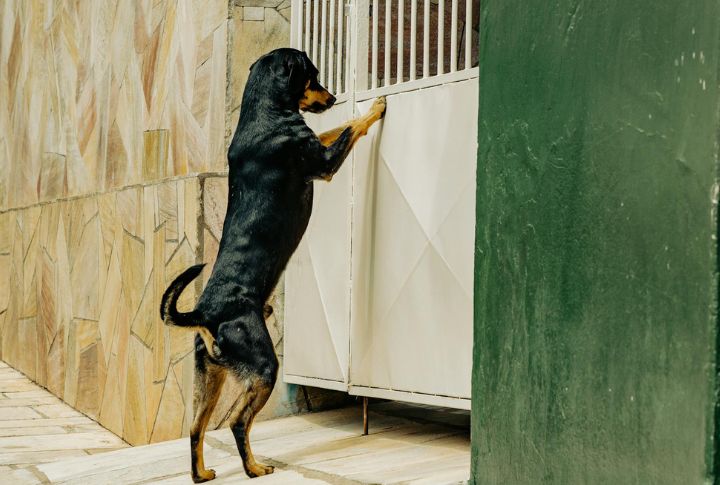
Canines have strong protective instincts and often react based on intuition. Some believe that dogs may have a sixth sense of negative energy, reacting before a situation turns hostile. Many dog owners report their pets acting aggressively or defensively just moments before an uncomfortable or dangerous situation unfolds.
Awareness Of Heart Rate And Breathing Patterns
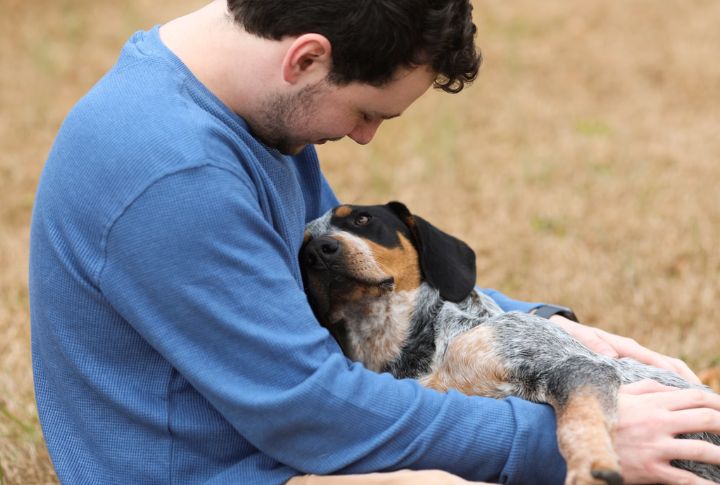
Subtle physiological changes in humans, including heart rate and breathing patterns, aren’t hidden from dogs. A calm and relaxed person typically has a steady heart rate and smooth breathing, which reassures a dog. However, someone anxious, angry, or nervous may have an elevated heart rate and irregular breathing.
Sensitivity To Eye Contact And Gaze Direction
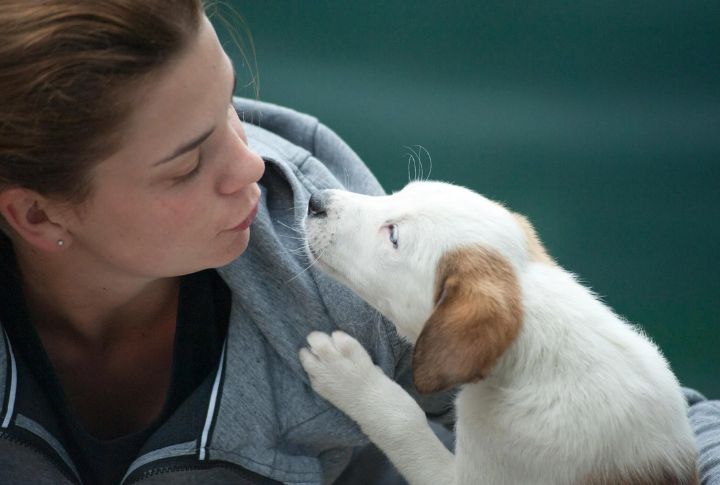
Finally, dogs are highly attuned to how people use their eyes, as prolonged, direct staring can be perceived as challenging or threatening. In a dog’s view, a good person will use soft, natural eye contact. Someone who glares, avoids eye contact, or shifts gaze erratically may make a dog uneasy.

